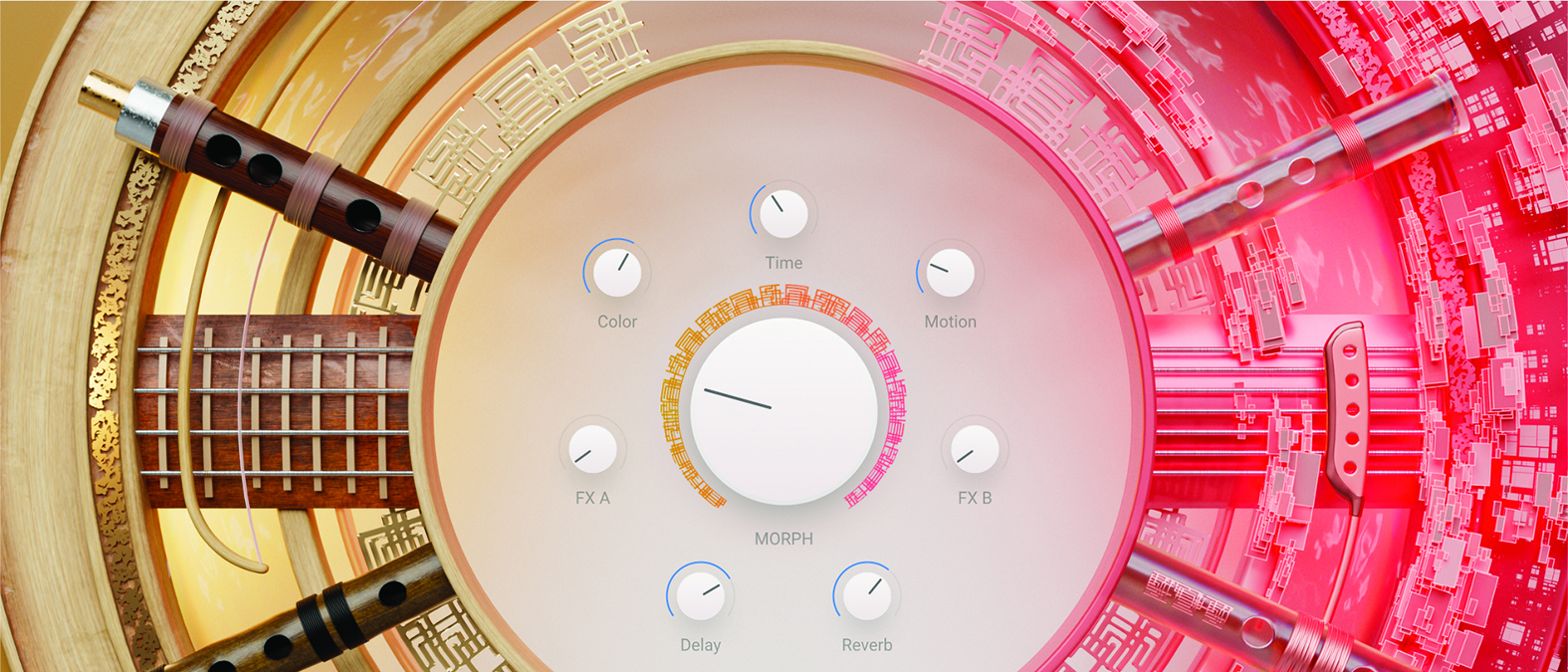MusicRadar Verdict
A unique world of evocative and dramatic voices for your compositions.
Pros
- +
Meticulous sampling.
- +
Focus on creativity and performance.
- +
Startling blend of old and new.
- +
Built on powerful Pigments technology.
Cons
- -
Arpeggiator/pattern sequencer lacks a modulation lane.
- -
Sample- and wavetable-based engine presets have fixed samples/wavetables.
MusicRadar's got your back
Arturia Augmented Yangtze: What is it?
Arturia’s Augmented Instruments are a growing series of software instruments that focus on a specific class or family of acoustic instrument, and do so in a way that favours musical performance and creativity over untrammelled sound design power.
The latest addition to the series, Augmented Yangtze, is built around a collection of traditional Chinese instruments, blending meticulous, high-quality samples with modern tones, textures and synthesis techniques to deliver an achingly seductive suite of sounds that positively drip with far-eastern mystique.
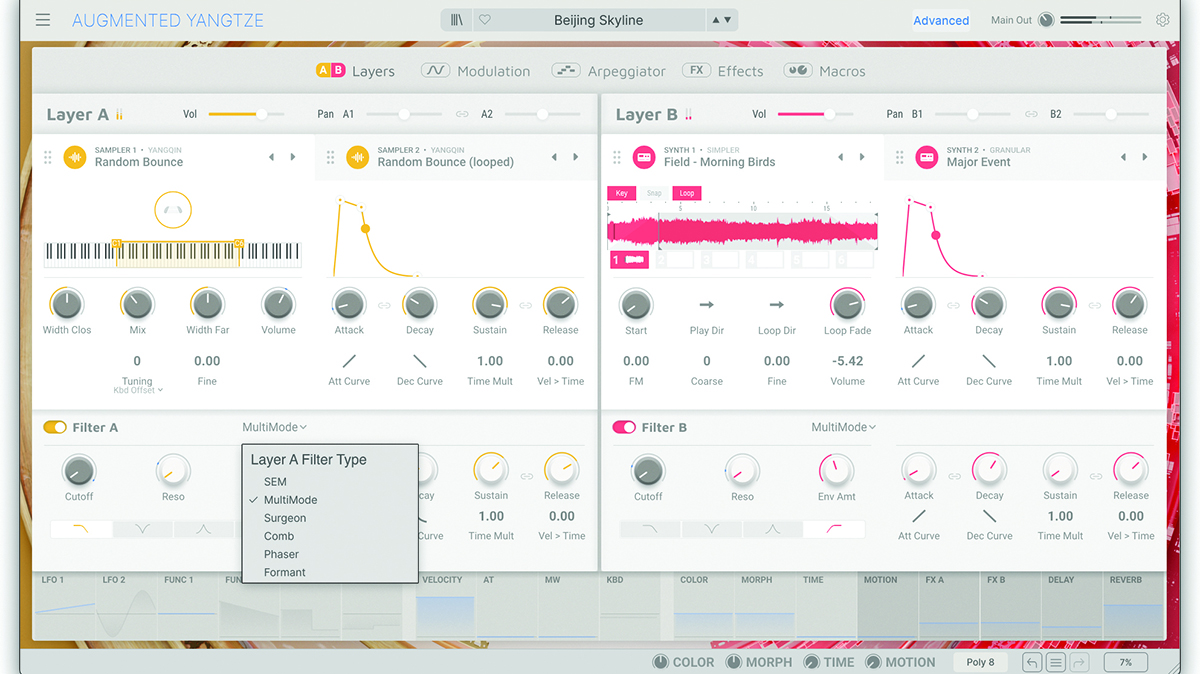
Arturia Augmented Yangtze: Performance and verdict
In keeping with the series as a whole, Augmented Yangtze’s main view is dominated by a set of eight macro controls that reach down into the parameters of the underlying sound generation engine.
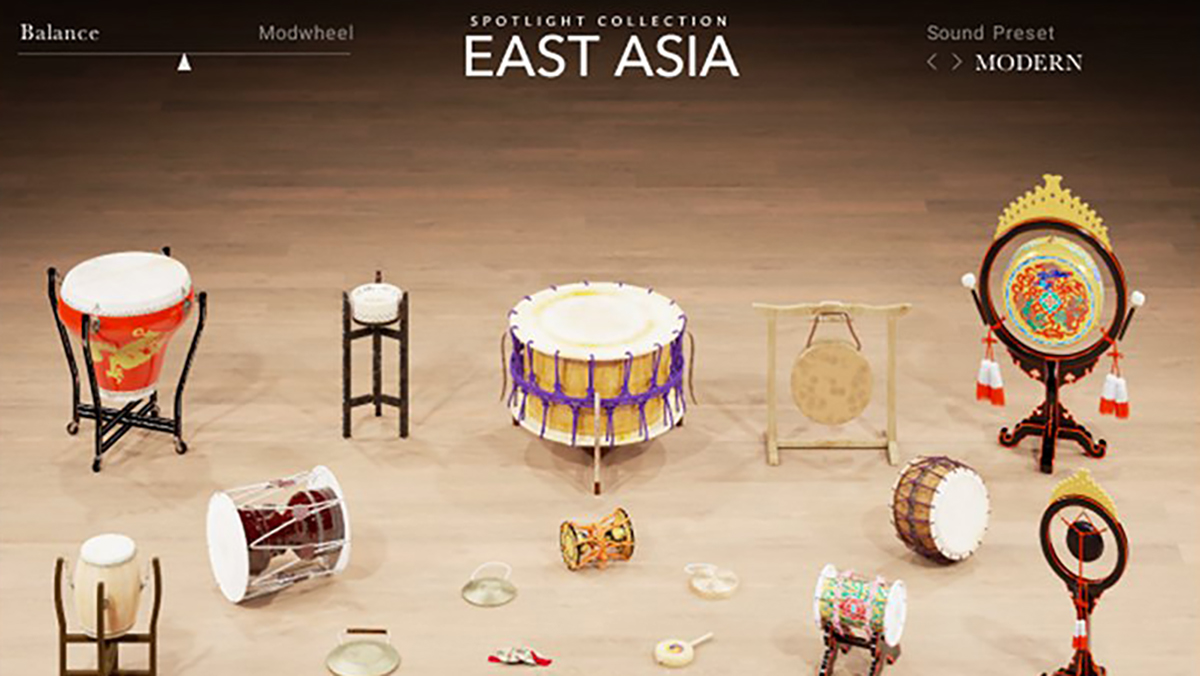
• Native Instruments Spotlight Collection: East Asia
Recreates percussive and melodic instruments from across China, Japan and Korea.
• Steinberg World Music Bundle
Includes ethnic flute, string and vocal phrases.
While the parameters controlled by the macros vary from patch to patch, each has a fixed name and aim, so you always know roughly what to expect when adjusting it. For example the Color macro always affects the brightness and timbre of the sound, and Time impacts envelopes, delays and other time-based elements. This continuity is particularly helpful when mapping the macros to real-time hardware controllers, as you don’t need to configure and/or learn a different knob layout for each patch.
The large, central Morph macro is, perhaps, the most important of the bunch. Unlike the other macros, whose parameter modulation values increase from zero to a maximum as the macro is turned up, the Morph macro defines both a start and end value for the six parameters it controls. The result is more variable and organic than a simple crossfade, with unique tones and textures waiting to be discovered throughout the macro’s movement range.
Augmented Yangtze’s included patch library is packed with evocative, dramatic and emotive sounds, every single one oozing with quality and clarity. Arturia’s sound designers have truly excelled themselves here, not only with the sounds themselves, but also in the way the macros have been configured for perfect expressiveness and performability.
Nevertheless, there will still be occasions when you want to dig deeper than simple macro adjustments, which is where the instrument’s Advanced overlay comes in.
Here you can configure each of Yangtze’s pair of sound generation layers (see below), and set the balance between them. Layers also have their own dedicated filter stage, offering a choice of six filter models taken from other synths in Arturia’s range: SEM, MultiMode, Surgeon, Comb, Phaser and Formant. Similarly, each layer sports two insert FX slots that can load any of 14 different processors – EQs, reverbs, dynamics, and so on. Global delay and reverb processors, that are applied to the final mixed signal of both layers, are also available.
Continuous modulation is provided by two-each of LFO, function curve and random value generator, each of which can be mapped to up-to four destination parameters. The instrument also handles mod wheel and keyboard velocity, aftertouch and tracking as modulation sources, and can recognise MPE slide and bend.
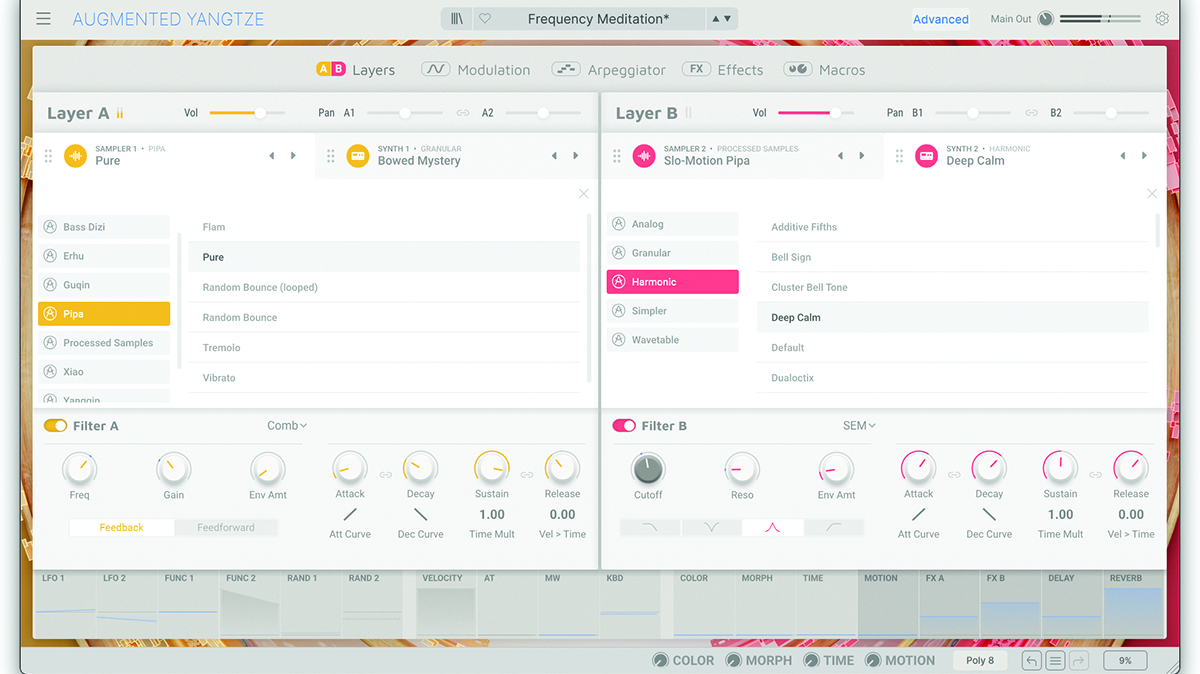
Yangtze sound engine
Augmented Yangtze features two sound generation layers. Each layer can host up-to two sound engines – Sampler or Synth – although a patch can only contain two of each engine type, distributed between layers as you see fit.
Sampler provides access to a collection of 64 multi-sampled presets. The majority of these focus on a particular instrument: Bass Dizi (transverse flute), Erhu (bowed string), Guqin (zither), Pipa (lute/guitar), Xiao (vertical flute), and Yangqin (hammered dulcimer). The remaining presets are either processed instrument samples, or useful sound elements such as plucks.
Synth is preset-based too, but here the presets are organised by synthesizer type: Analog and Harmonic are pure synthesizers (a three-oscillator subtractive synth and an additive synth, respectively); Simpler and Granular are sample-based; and Wavetable is a wavetable synth engine (well, duh!).
All engines – Sampler and Synth – provide a small number of parameters for modifying their sound (these varying depending on the engine and preset), and each has a dedicated ADSR amp envelope. Unfortunately, samples and wavetables are fixed within their engine presets, and there’s no way to load custom samples/wavetables.
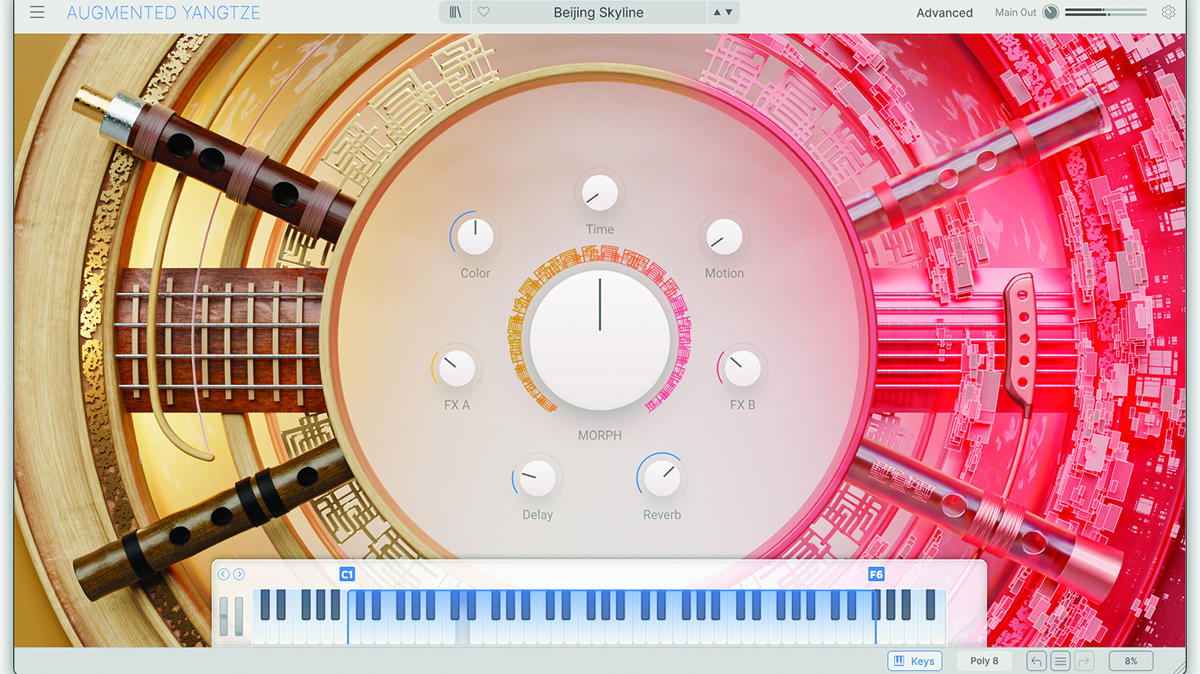
Masterful execution
Augmented Yangtze’s final flourish is a 16-step arpeggiator/pattern sequencer. This is much more flexible than a standard arpeggiator, able to include chord stabs within a pattern, but it lacks even a single modulation lane – boo!
This absence is just about the only complaint we can raise against Augmented Yangtze. In every other respect it is deeply satisfying. Yes, the engine imposes limitations on what you can do with it, but this is entirely consistent with Augmented Yangtze’s musical focus and performance-centric approach, and there’s enough editability here to satisfy even the most ardent sound designer. It also ensures Arturia’s meticulous sampling, astonishing sound design and masterful execution shine through, no matter how you use the instrument.
MusicRadar verdict: A unique world of evocative and dramatic voices for your compositions.
Arturia Augmented Yangtze: The web says
"Layer-specific and global effects, including reverb and delay, enable detailed sound sculpting, while the customizable macros ensure precise control over modulation and effects parameters. This comprehensive feature set makes Augmented Yangtze an exciting out-of-the-ordinary instrument for composers and sound designers seeking to infuse their projects with evocative Far Eastern sounds."
Epicomposer
Arturia Augmented Yangtze: Hands-on demos
Arturia
SumnSumnSumn HTK
UDi Audio
Sample Library Review
Arturia Augmented Yangtze: Specifications
- macOS 11+. 4GB RAM. 4 cores CPU, 3.4 GHz (4.0 GHz Turbo-boost) or M1 CPU. 3GB free hard disk space. OpenGL 2.0 compatible GPU.
- Windows 10+ (64-bit). 4GB RAM. 4 cores CPU, 3.4 GHz (4.0 GHz Turbo-boost). 3GB free hard disk space. OpenGL 2.0 compatible GPU. ARM processors not supported on Windows.
- Works in Standalone, VST, AAX, Audio Unit, NKS (64-bit DAWs only).
- CONTACT: Arturia
